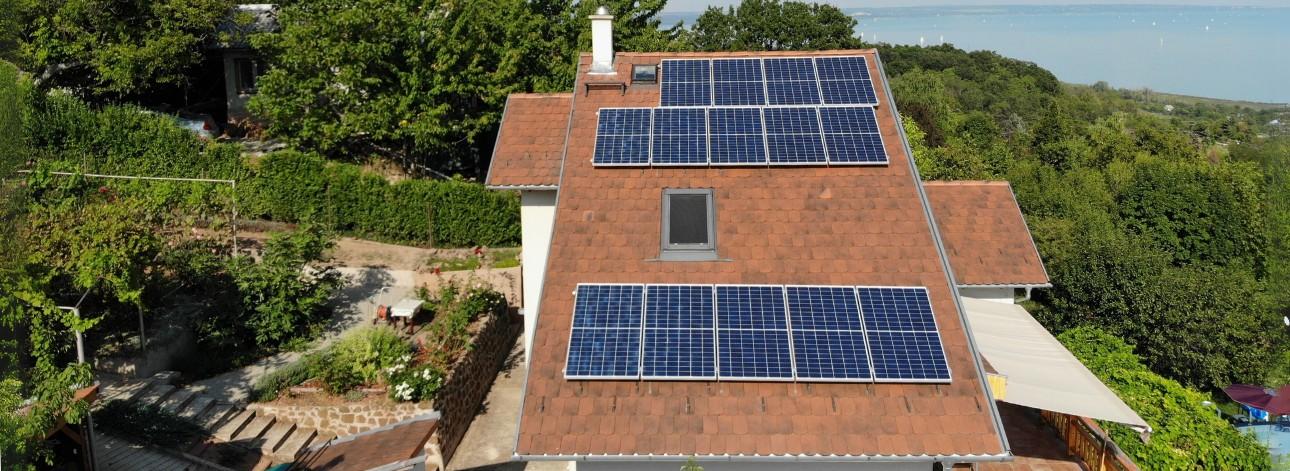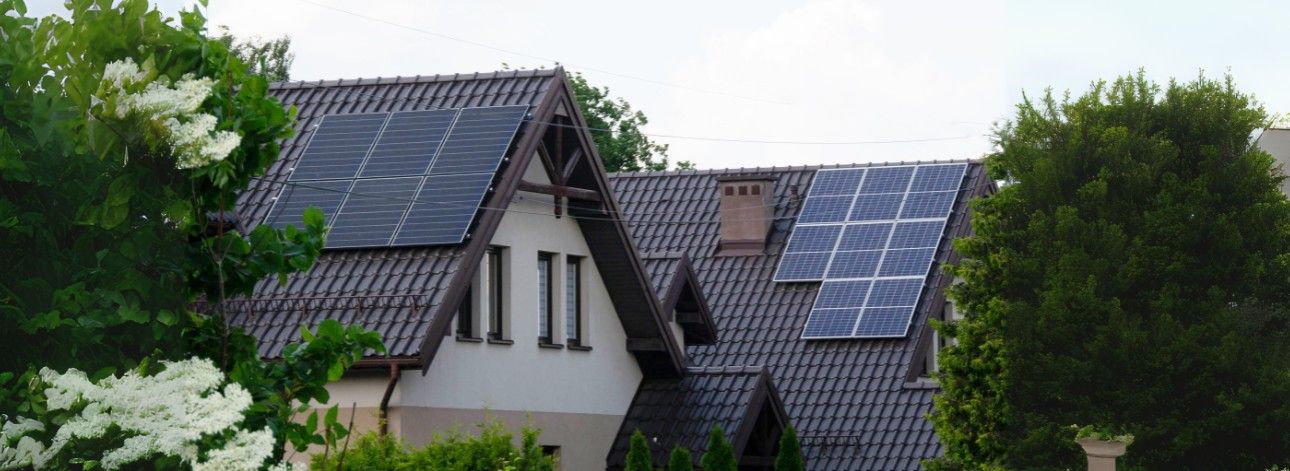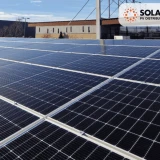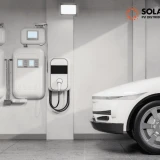What can a 5, 10 and 15 kW solar system cover, and how to match it to your needs?
What Can a 5 kW Solar System Provide?
A 5 kW solar system is an excellent choice for smaller households with lower daily energy consumption, especially for those primarily using electricity during daylight hours. During sunny periods, the system can meet the household’s energy needs and significantly reduce electricity bills. However, due to the gross settlement regulations, the generated and consumed energy are accounted for at different rates, meaning full replacement of grid electricity is not feasible. Nighttime consumption and the higher energy needs of winter months will still rely on grid electricity.
5 kW Solar Output and Practical Applications
A 5 kW solar system can generate approximately 5,000–6,000 kWh of electricity annually, which can significantly offset the energy consumption of a 2-4 person household. For optimal usage, energy-intensive activities such as laundry, dishwashing, or heating should be scheduled during daylight hours when the system is actively producing energy. In the summer, the system can generate up to 21 kWh daily—enough not only to power a household but also to supply roughly 100 km of energy for an electric car. From March to September, average daily output is around 15 kWh, sufficient for driving 60–80 km after accounting for household energy use.

Installation Requirements and Costs for a 5 kW System
Installing a 5 kW solar system costs approximately 2,000,000–2,500,000 HUF, depending on the type of solar panels and inverters chosen. Professional installation is required to determine the optimal placement and ensure safe, efficient operation. Key considerations include the roof’s pitch and orientation, as these factors impact energy production efficiency.
What Can a 10 kW Solar System Provide?
A 10 kW system is ideal for medium to larger households with higher daily energy consumption. It can cover greater energy needs and significantly lower electricity bills, particularly for households that consume energy during daylight hours. However, under Hungary's gross settlement regulations, differences between generated and consumed energy will impact overall savings.
10 kW Solar Output and Annual Energy Production
A 10 kW system can generate approximately 10,000–12,000 kWh annually, enough to cover the yearly energy needs of a 4-6 person household, provided energy use aligns with peak production times. This system can significantly reduce electricity bills, but achieving complete energy independence requires synchronizing consumption with solar production.
Installation Costs and Considerations for a 10 kW System
The cost to install a 10 kW solar system starts at around 4,000,000–5,000,000 HUF. As with smaller systems, professional installation is essential. For larger systems, additional factors like roof size and property layout must be considered, as more solar panels are required to meet the energy demand, and optimal orientation is critical for efficiency.
What Can a 15 kW Solar System Provide?
A 15 kW solar system is ideal for larger households or energy-intensive users, such as families with high electricity usage or even small businesses. This system can power multiple devices and significantly lower electricity bills. However, due to gross settlement rules, complete energy independence isn’t possible, and nighttime consumption will still rely on grid electricity.

15 kW Solar Output and Applications for Larger Households
A 15 kW solar system generates approximately 15,000–18,000 kWh annually, enough to cover the energy needs of a 6-8 person household or a small business, especially if most consumption occurs during solar production hours. It’s a great option for homes with numerous appliances, electric heating, or water heating needs.
Installation Costs and Special Requirements for a 15 kW System
Installation costs for a 15 kW system start at approximately 6,000,000–7,000,000 HUF. Larger systems involve more complex installation due to the need for more panels and inverters. Professional assessment of roof structure and property conditions is crucial to ensure optimal performance.
How to Choose the Right Size Solar System
Choosing the correct size solar system is critical for ensuring long-term efficiency and maximum return on investment. Key factors include the household’s energy consumption, property characteristics (e.g., roof orientation and pitch), and the system’s potential energy production in the given environment. Expert advice ensures the system is appropriately sized and optimally installed.
Evaluating Energy Consumption and Optimizing Solar Output
The first step in choosing a solar system is to assess your energy needs. Reviewing annual electricity bills and determining average daily consumption can guide the design of a system that meets your requirements. A well-designed system will not only provide sufficient energy but also maximize production efficiency.
What Size Solar System Do You Need for Different Demands?
The required system size depends on the household’s electricity consumption and energy independence goals. A smaller household may only need a 5 kW system, while larger families or energy-intensive households might require a 10 kW or 15 kW system. Determining the ideal size requires consideration of usage patterns and current energy prices.

Frequently Asked Questions (FAQ)
1. Who is a 5 kW solar system suitable for?
A 5 kW system is ideal for households with moderate energy consumption, typically requiring 3,000–5,000 kWh annually. It can produce 15–20 kWh daily, covering basic household needs.
2. Why choose a 10 kW system?
A 10 kW system is ideal for larger households with higher energy consumption or multiple electrical devices. It generates approximately 9,000–11,000 kWh annually, significantly reducing electricity bills.
3. How can I reduce solar installation costs?
Reducing costs involves accurately sizing the system to match household energy needs. Over-dimensioning leads to unnecessary expenses, so an appropriately sized system ensures the best return on investment.
4. Why is the placement of the solar system important?
Roof orientation, pitch, and shading affect solar efficiency. A professional installer will identify the best location to maximize energy production.
5. Is it worth installing a battery with the solar system?
Batteries store generated energy for use at night or during cloudy periods. Although they increase initial costs, they provide long-term savings and reduce reliance on grid electricity.


